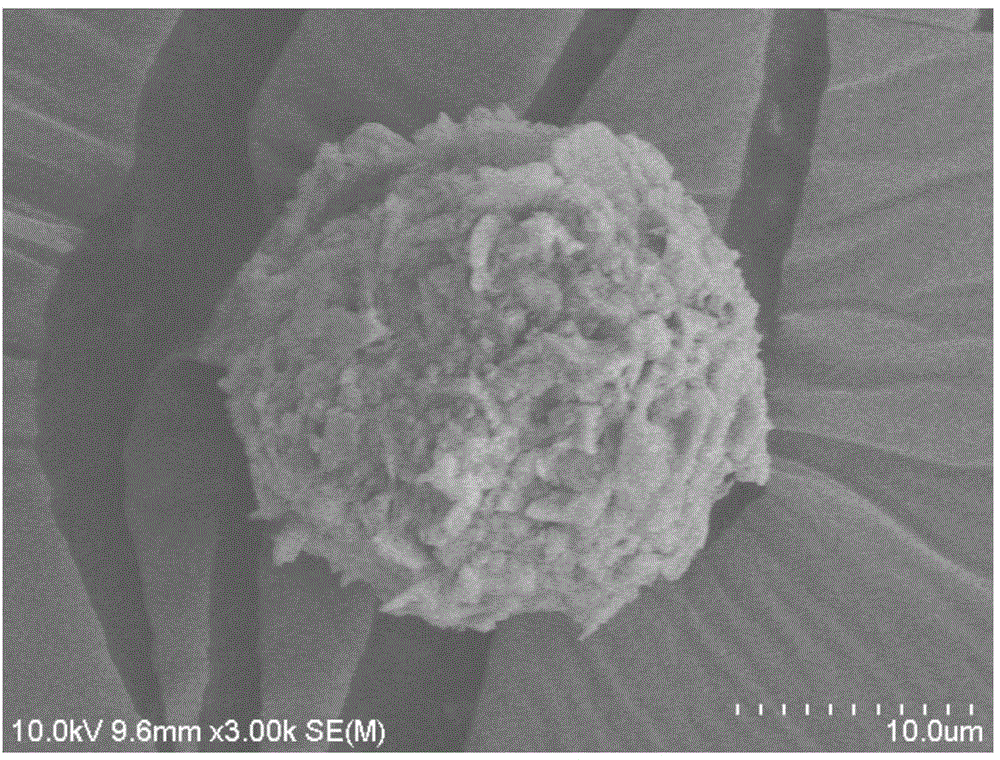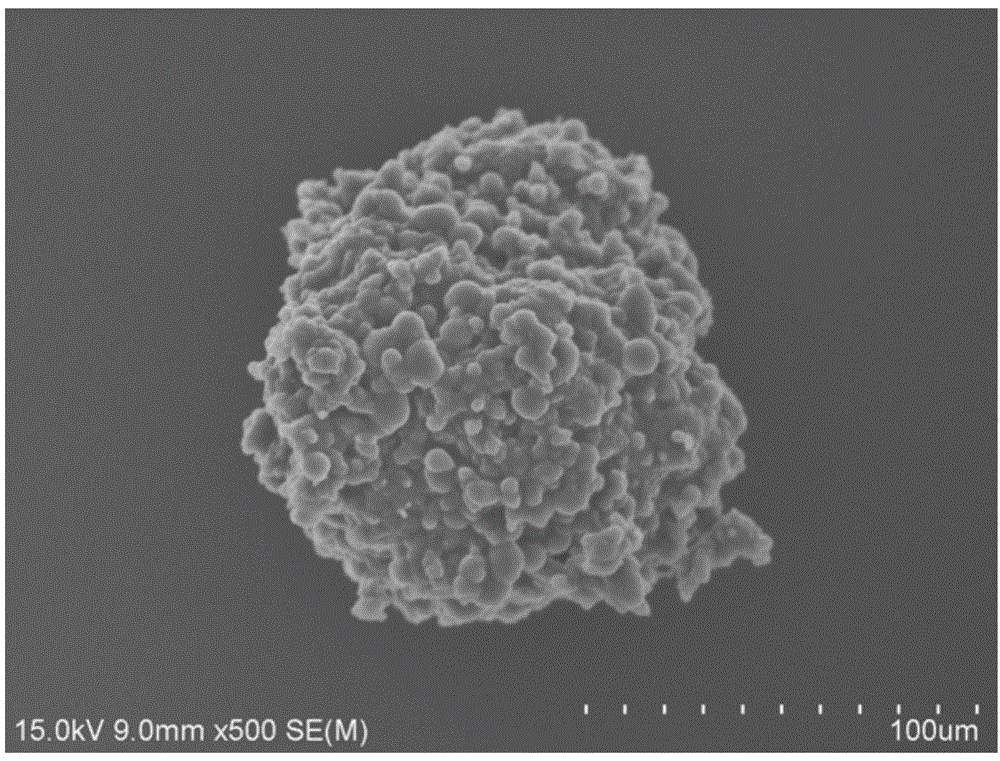Polypropylene nanocomposite material capable of being used for 3D printing, and preparation method and application thereof
A nanocomposite material and composite material technology, applied in the field of polypropylene nanocomposite material and its preparation, can solve the problems of polypropylene degradation and other issues
- Summary
- Abstract
- Description
- Claims
- Application Information
AI Technical Summary
Problems solved by technology
Method used
Image
Examples
preparation example Construction
[0084] 1. Preparation of Nanoparticle-supported Catalysts
[0085] The preparation steps of nanoparticle carrier type Ziegler-Natta catalyst:
[0086] The nanoparticle carrier type Ziegler-Natta catalyst used in the present invention is nanoparticle / internal electron donor / MgCl 2 / TiCl 4 The carrier type catalyst is characterized in that a diether or diester compound is used as an internal electron donor, and the diameter of the catalyst particles is 0.1-30 μm. Prepare as follows:
[0087] Weigh 10g anhydrous MgCl 2 Put it into a two-neck flask filled with argon gas and stir with a magnet, then add 47.8mL of isooctyl alcohol and 60mL of decane, slowly heat to 130°C while stirring, react at 130°C for 1h until the solution is clear, then cool to 60-80°C °C, add 2.10 g of phthalic anhydride, add 2 g of nanoparticles, and stir overnight until the solution is clear. Under an argon atmosphere, the TiCl 4 Add 250 mL into a well-dried Schlenk reactor, cool down to -20°C, slowly ...
Embodiment 1
[0105] Under normal temperature and pressure, 0.05MPa of H was introduced into the 2L polymerization reactor filled with propylene gas. 2 , add 300g of liquid propylene, 4ml of triethylaluminum solution (heptane solution with a concentration of 1.8mol / L) and 200mg of multi-walled carbon nanotubes / BMMF / MgCl 2 / TiCl 4 Carrier-type catalyst, raise the reactor to 70°C for polymerization, after 30 minutes of reaction, lower the temperature of the polymerization reactor to room temperature, vent the residual gas in the polymerization reactor, take out the composite material obtained by the polymerization reaction, and dry it in vacuum for 6 hours to obtain 150 g gray polypropylene / carbon nanotube nanocomposite powder.
[0106] In the obtained polypropylene / carbon nanotube nanocomposite material, the carbon nanotube content is 0.13%, and the molecular weight of polypropylene is 5×10 5 g / mol, the molecular weight distribution is 4.0, and the particle size of the composite material i...
Embodiment 2
[0108] Feed 0.2MPa of H into the 2L polymerization reactor filled with propylene gas under normal temperature and pressure. 2 , add 300g of liquid propylene, 5ml of triethylaluminum solution (heptane solution with a concentration of 1.8mol / L) and 150mg of montmorillonite / BMMF / MgCl 2 / TiCl 4 Carrier-type catalyst, the reactor is raised to 70°C for polymerization, after 30 minutes of reaction, the temperature of the polymerization reactor is lowered to room temperature, the residual gas in the polymerization reactor is vented, the polymer obtained by the polymerization reaction is taken out, and vacuum-dried for 6 hours to obtain 150 g of white polypropylene / montmorillonite composite powder.
[0109] In the obtained polypropylene / montmorillonite nanocomposite material, the content of montmorillonite is 0.1%, and the molecular weight of polypropylene is 2×10 5 g / mol, the molecular weight distribution is 8.0, and the particle size of the composite material is 300-500 μm.
PUM
| Property | Measurement | Unit |
|---|---|---|
| diameter | aaaaa | aaaaa |
| diameter | aaaaa | aaaaa |
| diameter | aaaaa | aaaaa |
Abstract
Description
Claims
Application Information
 Login to View More
Login to View More - R&D
- Intellectual Property
- Life Sciences
- Materials
- Tech Scout
- Unparalleled Data Quality
- Higher Quality Content
- 60% Fewer Hallucinations
Browse by: Latest US Patents, China's latest patents, Technical Efficacy Thesaurus, Application Domain, Technology Topic, Popular Technical Reports.
© 2025 PatSnap. All rights reserved.Legal|Privacy policy|Modern Slavery Act Transparency Statement|Sitemap|About US| Contact US: help@patsnap.com


